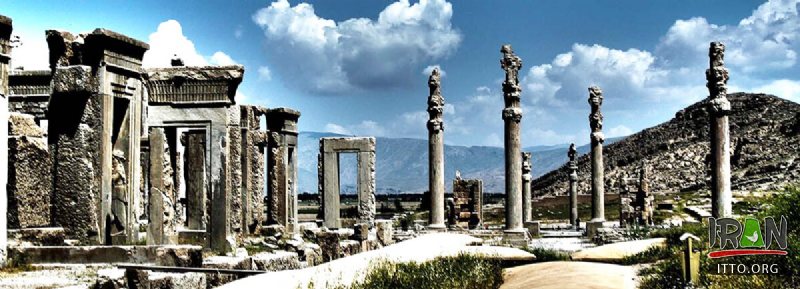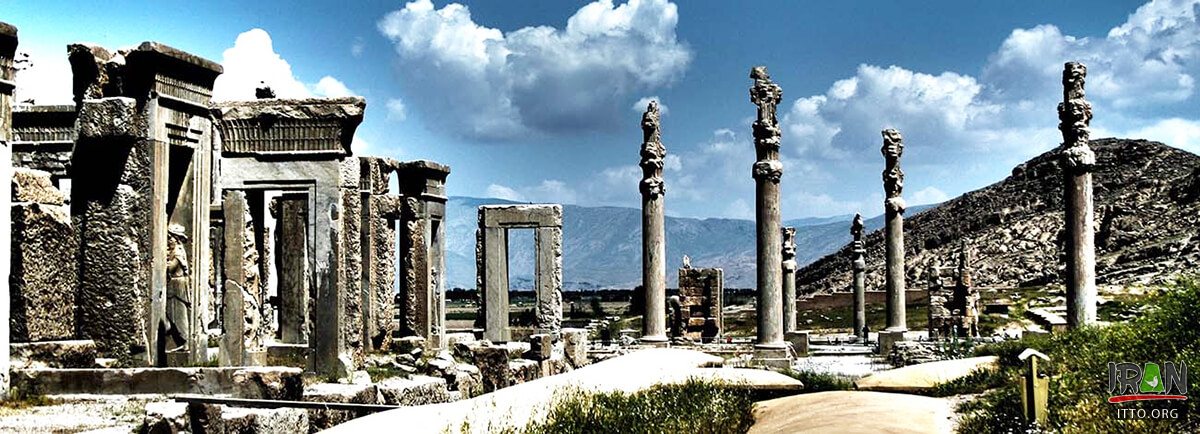A team of international archaeologists and restorers who are affiliated with the Archaeology Without Borders foundation has commenced the second season of its activity in Iran’s UNESCO-tagged Persepolis, which was once the ceremonial capital of the mighty Achaemenid Empire.
The first season came to an end in summer based on an agreement with Iran’s cultural heritage department, in which restorers partially rehabilitated some ruined monuments and bas-relief carvings in the ancient site.
Archaeology Without Borders aims to support archaeological education and training in developing countries and help strengthen regional networks of students in archaeology.
The open-air stone works of Persepolis face threats of spreading lichens and eradication from periodic moisture that many experts believe that is impossible to eradicate.
Persepolis boasts extensive structures, including monumental staircases, exquisite reliefs and imposing gateways as one of the great wonders of the ancient world.



